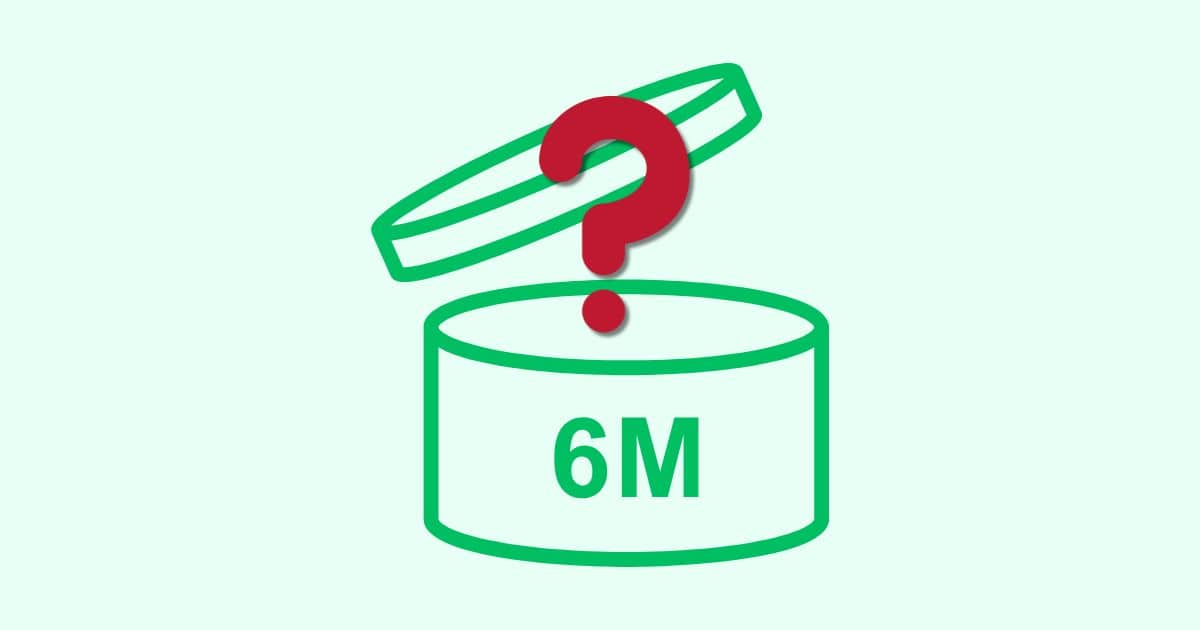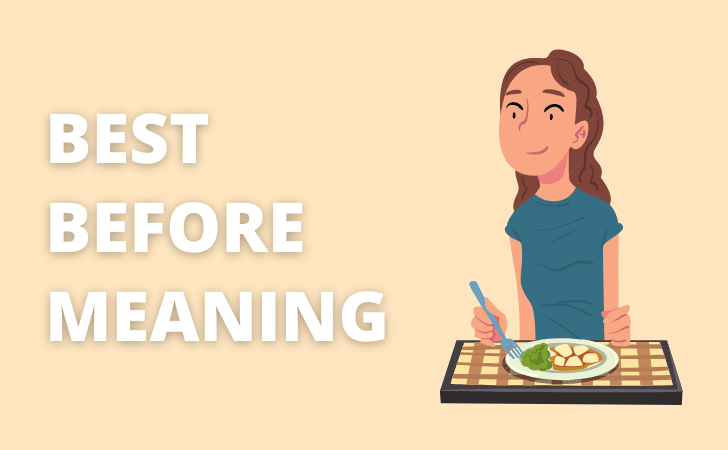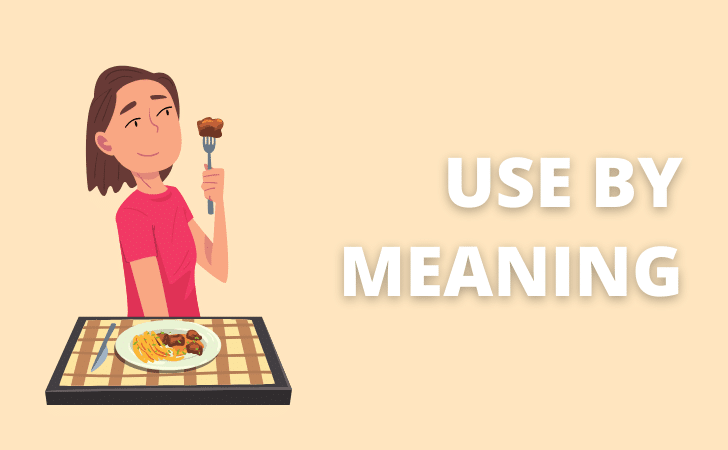Best before and use by dates can be confusing, which leads to massive amounts of food waste in the UK. But what do they both mean?

£10 sign up bonus: Earn easy cash by watching videos, playing games, and entering surveys.
Get a £10 sign up bonus when you join today.
Join Swagbucks here >>
Food waste is such a huge problem in the UK that a massive 10 million tonnes of food and drink are binned instead of being eaten.
LoveFoodHateWaste.com calculate that families in the UK could save on average £60 a month, which is over £700 a year!
This has to stop, and it can.
Does food even need dates?
Food labelling causes one of the biggest issues when it comes to wasting food as it can be hard to decipher what they all really mean.
Should we still be eating the food? ….maybe…
Will it make us ill? …maybe not…
Is it safer to just put it in the bin? ….perhaps you don’t need to…
Well, let’s look at the differences to see what food can be kept for a bit longer, how we can reduce food waste and reduce the amount of money you need to spend at the supermarket.
Best before date meaning

“Best before” is there to describe the food quality.
If the food has just passed this date then it will be safe for you to eat – keep it.
Foods that have best before dates will be things like:
- Pasta, rice and pulses
- Tins of food
- Store cupboard ingredients; flour, sugar etc
- Herbs and spices
- Fruit and vegetables
- Frozen foods
- Cereals
- Crisps
- Sweets
- Alcohol
- Some soft drinks
- Chocolate :)
- Milk
- Cheeses
- Yoghurt
Food is generally safe to eat after the best before date, but the quality may not be at its best.
This date has been added and is only according to the people who put the date on the packaging, and not what might actually happen to your food.
As long as you’ve stored the food correctly, there are no reasons not to eat it after the best before date.
Just think: imagine you have an apple tree in your back garden, you’d take the apples and eat them over time.
They do not have a “best before” or a “use by” date. You look at them, touch them, maybe even sniff them and can tell if they are ok to eat.
For milk, you can do a sniff test to see if it doesn’t smell sour and look to see that it hasn’t curdled.
Related: Reducing Food Waste: 10 Top Tips
Use by date meaning

“Use by” is there for your safety.
High street supermarkets will add yellow stickers to food. When it’s gone, it’s gone, or it will likely just end up in the rubbish. For a bargain price, you can get hold of clearance food and drink for sometimes as low as pennies!!
If the date has passed, then it will not be safe for you to eat it – dispose of it.
Foods that have use by dates on the food labels will be fresh foods including:
- Meat
- Fish
- Ready prepared salads
Food will go off, and it will likely make you ill if you eat it after this time.
Even the “sniff test” is not always foolproof to test for food safety as the food may be rotten inside, so be sure to read the use by date. Eating food that may have gone off could lead to food poisoning.
To help cut down on waste, if you don’t think you’ll be able to eat food before the use by date then look to freeze it (this will be fine for most foods).
Only freeze it on or before the use by date as after this time will be dangerous.
Then, when you take it out to defrost, use it within 24 hours.
The NHS has further guidance on food labelling.
What does display until mean?
“Display until” or “sell by” is there for the shop and has nothing to do with food safety.
The store staff use is to help with stock rotation and has nothing to do with when you can eat food safely.
You just need to ignore this one.
To help with confusion and to cut down on wasted food, Tesco has now announced they are scrapping best before dates on fruit and veg.
More supermarkets are following suit.
Morrisons has ditched use by dates on milk from January 2022 and organic milk will also be date free from the summer of 2022.
Do you think that’ll help?

Sean says
Use By and Best Before dates are something I’ve always taken with a pinch of salt. I’ve seen goods before these days go bad and I’ve eaten many items after these days. I think the sensible thing is to judge each item individually and use some common sense with these dates really.
Ricky Willis says
Absolutely Sean